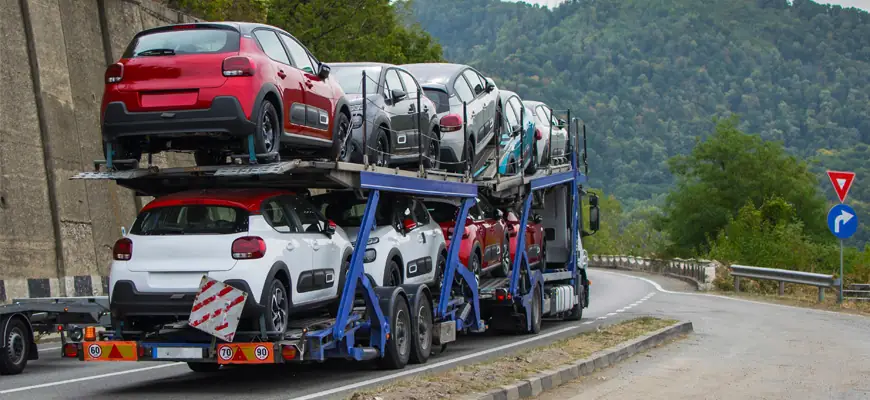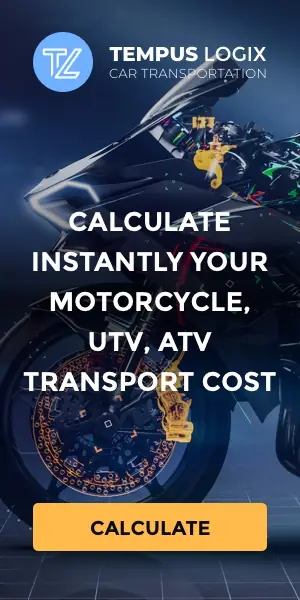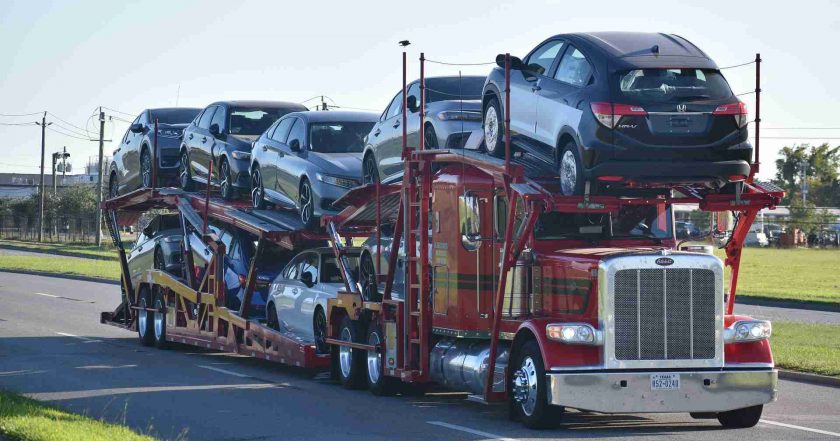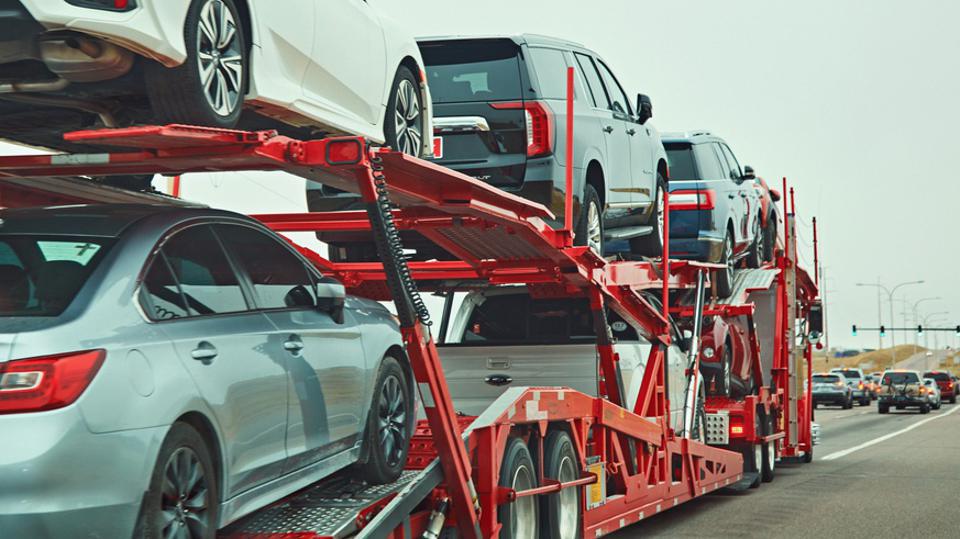Are you planning to ship your car? The transport companies usually offer more than one option for their customers to choose from, but the problem is that many people don’t know much about the different types of trailer and trucks used for car shipping. The reason is pretty simple; auto transport service is to some extent unknown to people unless they need to use it. There are two types of carriers you should know about.
Open Trailers
An open carrier is a trailer with no sides; transporting vehicles will be exposed to external elements such as rain, dust, and weather conditions. This type of truck transport is safe to use, and it is the most commonly used method in the shipping industry. The truck’s capacities vary from one to ten cars, and it is the best choice to move vehicles from a manufacturer to a consumer or other location. People also use open carriers to transport their cars from one place to another if they travel by plane, bus, or train.
Open Trailer Types
Wedge Trailer
This trailer shipping cost is very affordable. It can hold up to four cars on it, but wedge trailers transport may not be your best choice to ensure your car safety; although the carrier will secure the vehicles, the damage risk is a bit more than other open carriers type.
Flatbed Trailer
These trailers don’t have a cage to protect the load it carries; it is the best trailer because it is easy to load vehicles into and practical with a reasonable service cost. While this type of trailer transport offers many pros, it also has some cons. The flatbed trailer’s size is limited, requiring clearance for large loads, and it lacks protection from external damage.
Flatbeds Trailers Come with Different Capacity Choices
- Single Vehicle Flatbed Trailer: It is large enough to load only one car or truck, as you can tell from its name. Companies use it to transport vehicles for short distances, but they can also use it for longer trips.
- Single-Level Multi-Car Flatbed transport trailers can haul up to four cars; though it’s bigger than the former type, this trailer is still small enough to be driven on narrow roads.
- Gooseneck Trailer: they are pretty similar to flatbed trailers; the main difference is their open bed is fixed on a backside axle, allowing them to move quickly and provide a much more secure drive. This type of truck transport is suitable for loading larger loads that can’t fit on flatbed trailers, but at the same time, those loads mustn’t be oversized. Due to its large size, no one can drive Gooseneck trailers on narrow streets; it requires going through specific roads to reach their final destination, which results in expensive truck shipping costs. Learn more about Flatbed Trucking.
- Drop Deck Trailer: shipping companies use these trailers to transport large vehicles and heavy mechanical equipment from one place to another; the trailer bed can drop down to allow more effortless loading and unloading. It also adds more protection from the backside and front for transported cars since the trailer’s end part can be locked upwards to afford a guarding for vehicles rear side. Drop deck truck shipping costs more and doesn’t provide complete protection from external damage.
Both gooseneck trailers and drop deck trailers can be single-level multi-car and multi-level multi-car, the most common trailer type you often see on streets.
Enclosed Trailers
It is the perfect choice if you are looking for reliable trailer transport that protects your car from all elements, so your car trip will be safe and sound. Professionals use this type of carrier to transport unique, luxury, or sports cars that people invest a lot of money on. People prefer enclosed trailers to valuable cars because these vehicles are nearly impossible to repair. Some parts are rare and hard to find; furthermore, fixing if something happens may cost a fortune.
Enclosed Trailers Tome in Several Capacities
- One-Level, One-Vehicle enclosed trailer: is used to haul one unique and valuable car or truck for short distances.
- One-Level, Multi-Car enclosed trailer: this type of carrier allows transporters to load more than one car; the maximum capacity is three cars per trailer, and semi-trucks usually pull it.
- Multi-Level, Multi-Car enclosed trailer: this enclosed transportation carrier can haul up two rows of vehicles, usually between six to eight cars. Semi-trucks pull it, and their back can move down to make it more accessible.
The enclosed auto transport trailer can protect your car from all possible threats. It’ll be safe regardless of weather conditions or other road hazards; it also provides more privacy if you don’t want your car to be looked at or touched by other people. But these pros do come with higher costs for this transport service; using this type of trailer transport costs more than open carriers.
Some car transportation companies have different kinds of open and enclosed trailers. Tempus Logix, for example, has a vast network of over 30K shippers across the US. They ensure covering all clients’ requirements no matter what, when, and where.
Learn more about the Advantages of Enclosed Auto Transport.
Conclusion
Trailers and trucks used for shipping cars come in different shapes and sizes; there are many options if you want to transport your vehicle. Open carriers are economical and easy to find, but they don’t provide 360-degree protection during the shipping process. Meanwhile, enclosed trailers afford total security at a higher cost. No matter what shipping carrier you use, make sure you are aware of all pros and cons of your choice.










